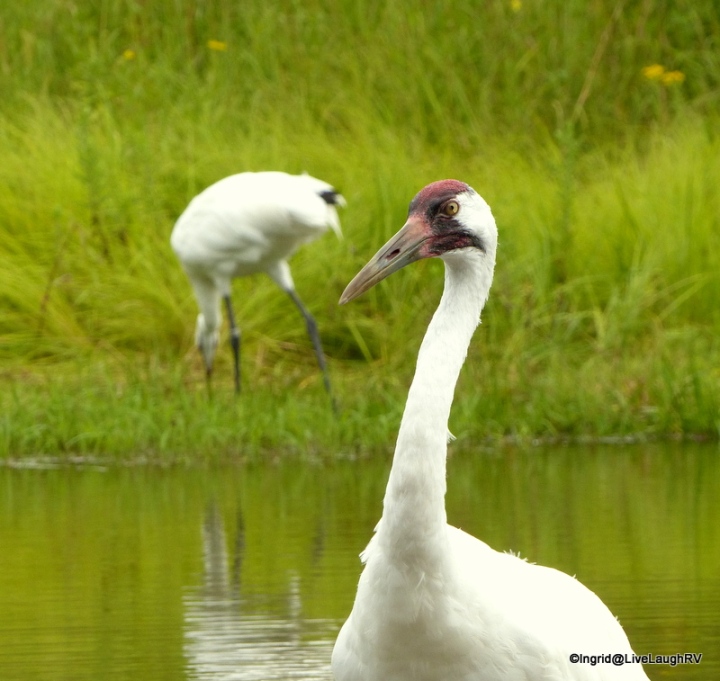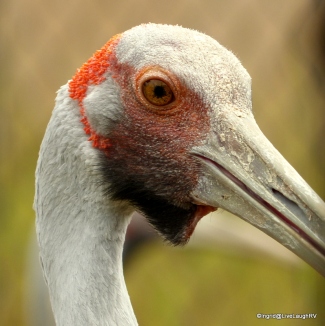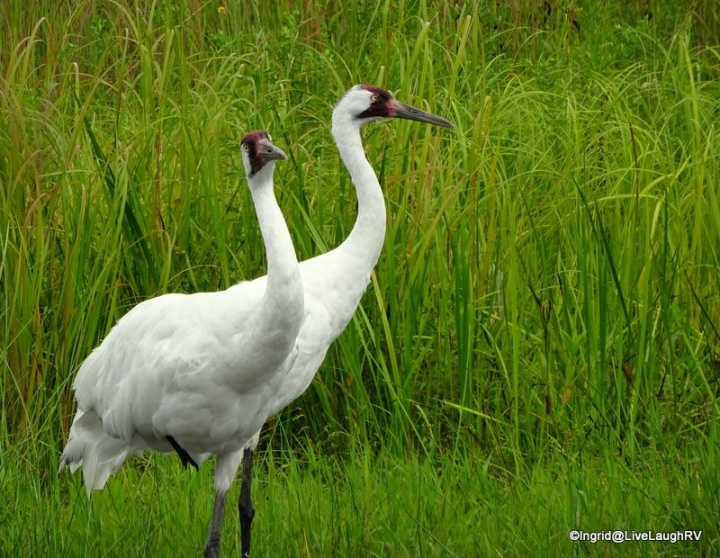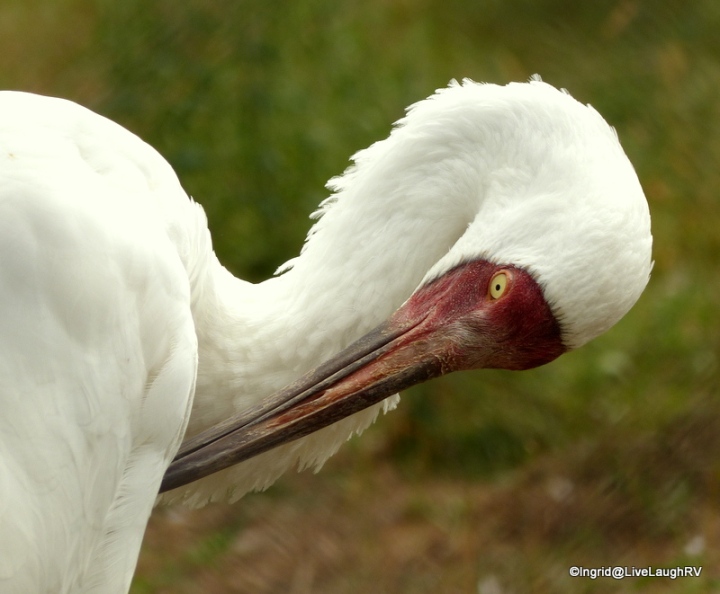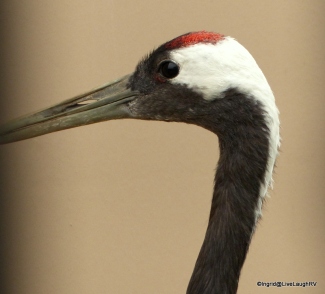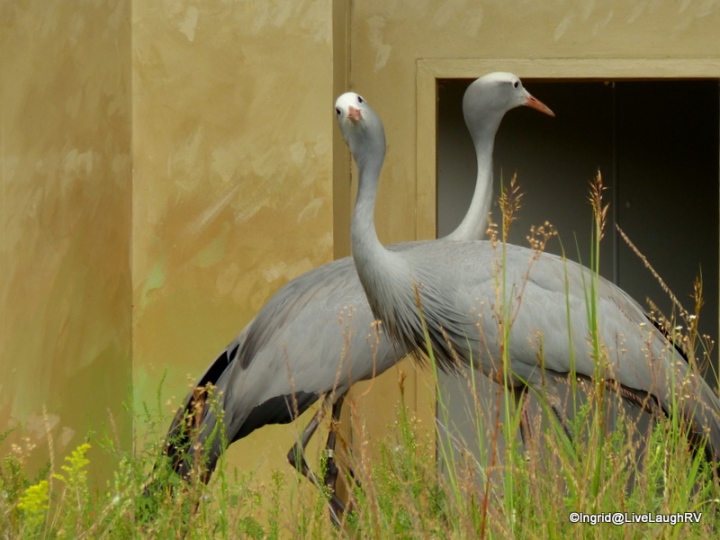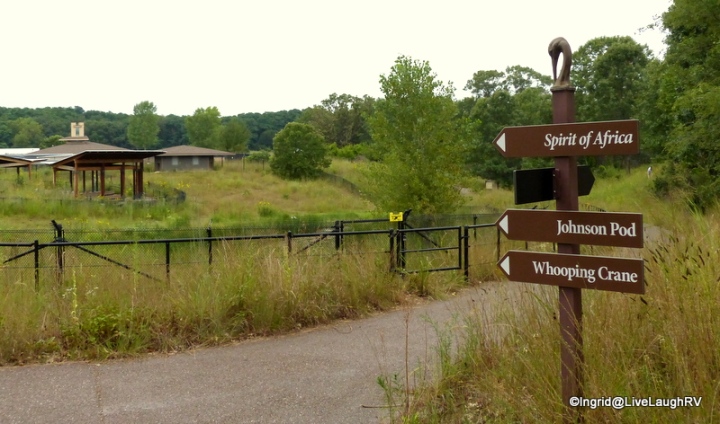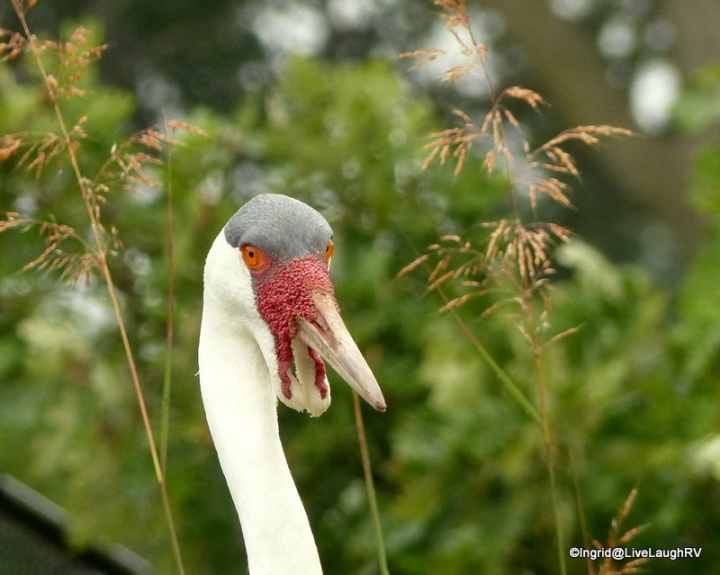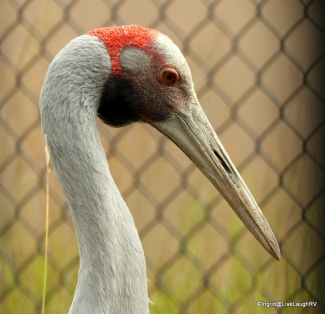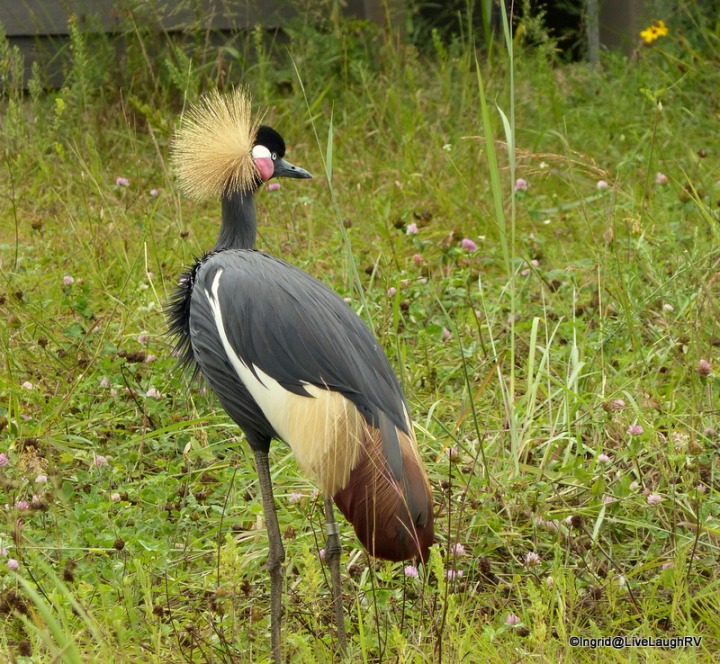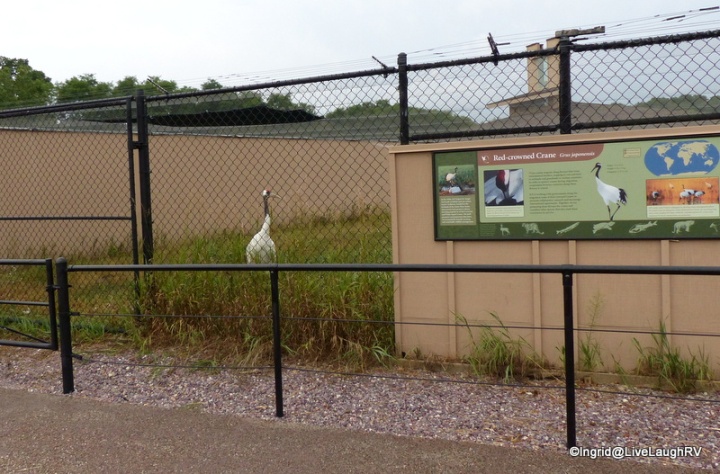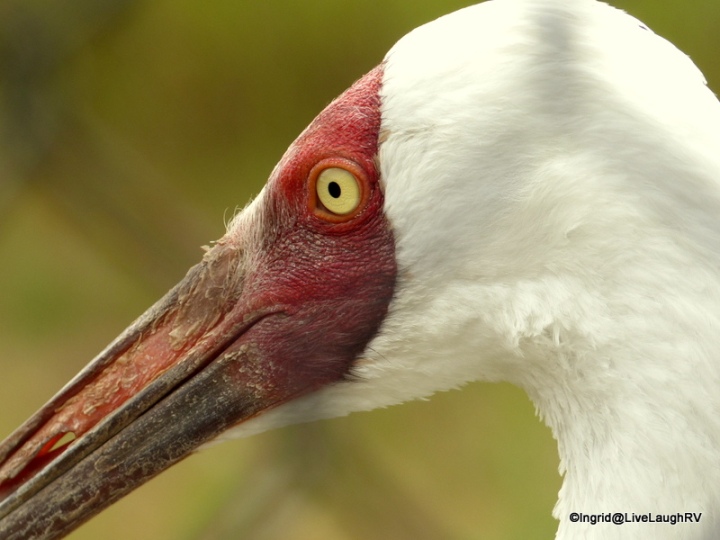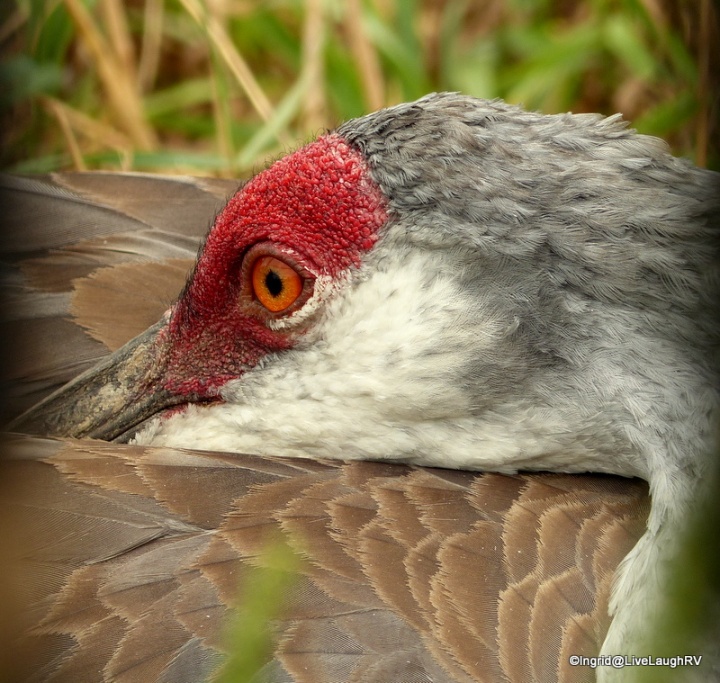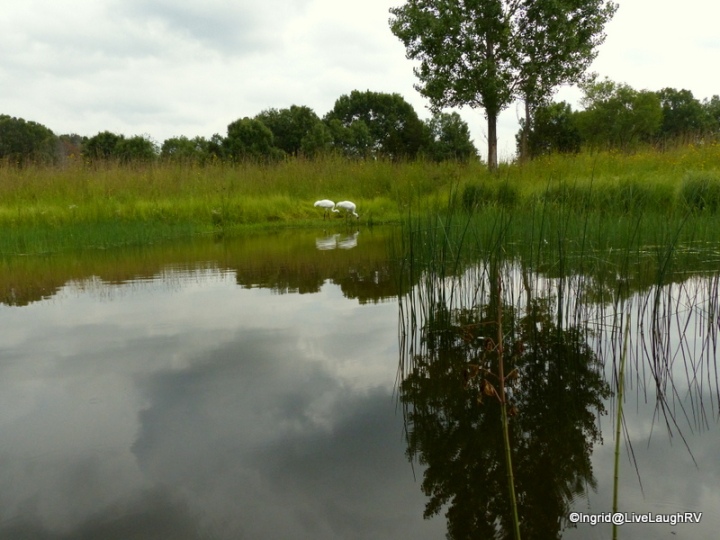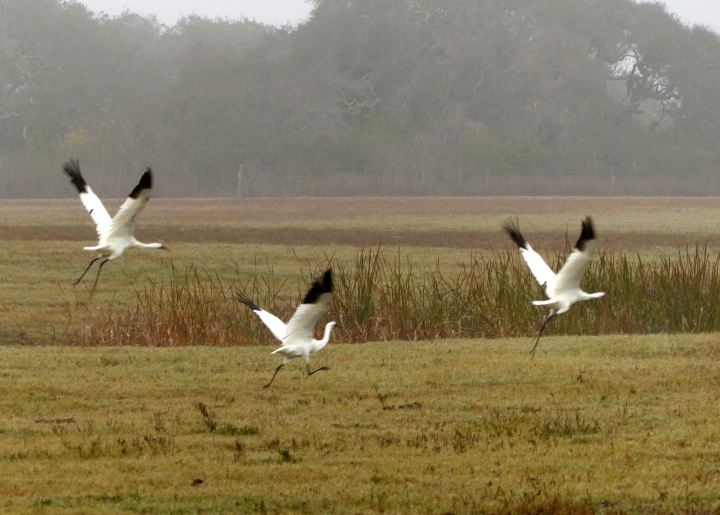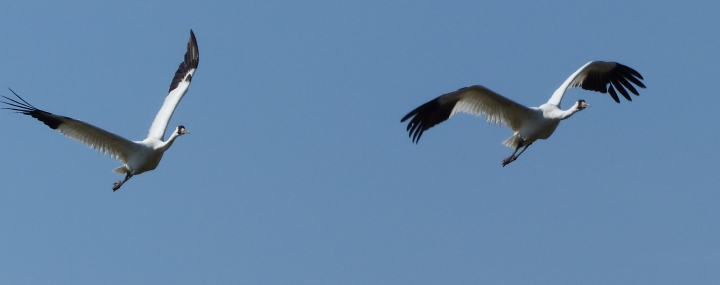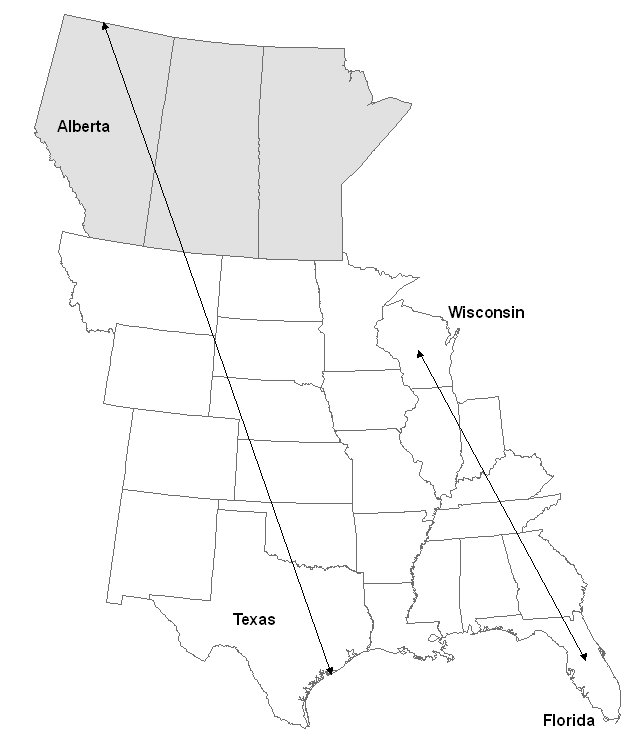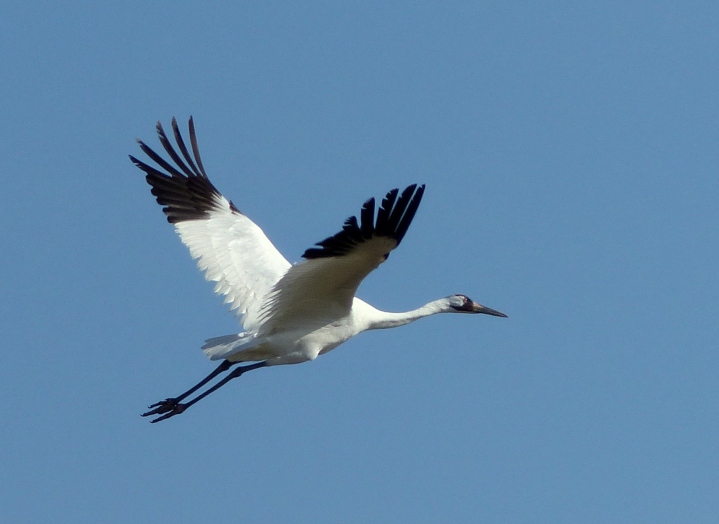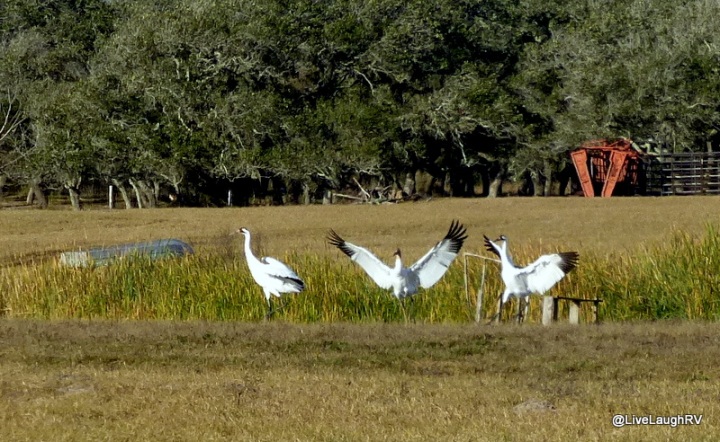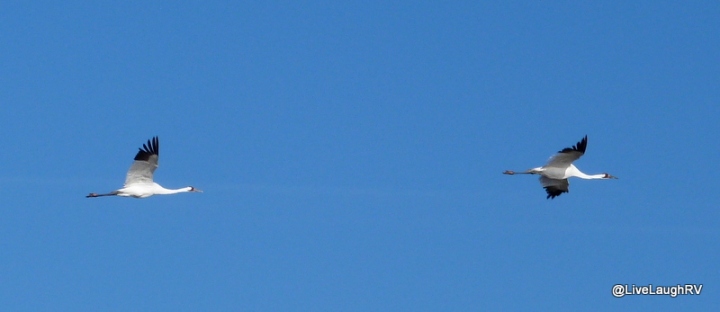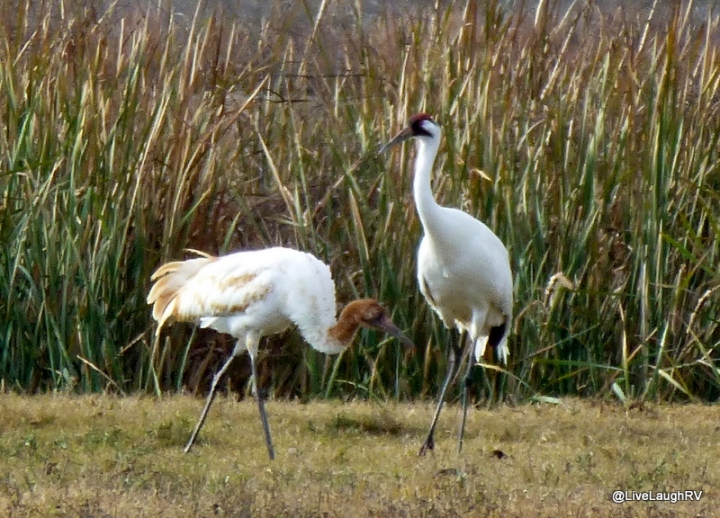Luck! Do you believe in luck or are you a believer in people making their own luck? I was thinking about luck this past week with all the hubbub surrounding the Power Ball lottery. Since I’m a firm believer in both, I joined the ranks of lottery purchasers with the high hopes of being one of the lucky ones. After all, you can’t win, unless you play…. right!
When I came home from the grocery store and told Al I bought a lottery ticket(s), he was surprised considering we can count on one hand the number of times we’ve bought lottery tickets. Just like millions of other American’s, I was lured in by the hype and insane amount of money. I justified my purchase by considering it a donation. Lottery money is usually used for good causes. In Colorado, the money supports parks and recreation. Here in Texas, the money goes toward education and veterans. Realizing my chances of winning anything were slim and none, I sought solace in knowing my ten dollars worth of lottery tickets went to a good cause.
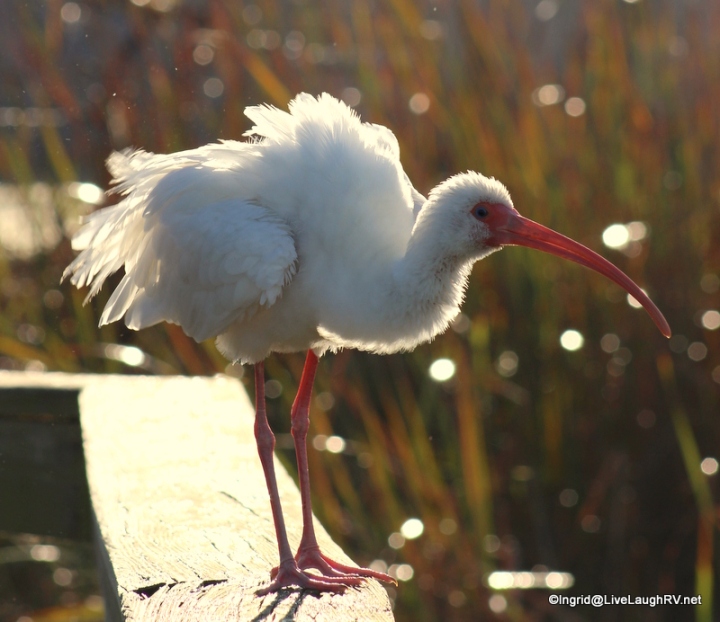
But the fact that I didn’t win any lotto money doesn’t mean my week wasn’t full of good luck. Ah, to the contrary! A blogging friend recently commented to me, that a person has better luck at winning the lottery than seeing a whooping crane in the wild. (It was after this comment, that I bought the lottery tickets…. hoping I was one lucky gal LOL)
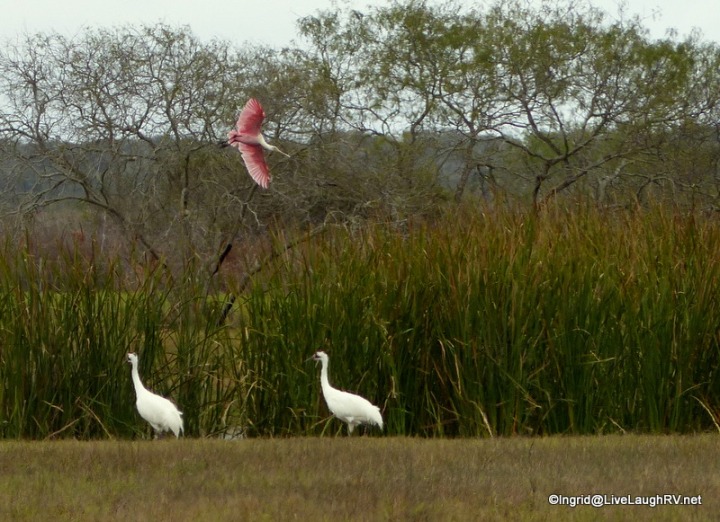
The majority of whooping crane photos featured on this blog are photographs of WILD whooping cranes. They aren’t banded and their lineage dates back to the 1940’s to the last remaining fifteen whooping cranes in the world. Whooping cranes were close to extinction and still remain high on the endangered species list.
 This group of whoopers that winter in the Rockport, Texas, area are referred to as the Wood Buffalo National Park wild whooping cranes. Their migration takes them from the far northern reaches of Alberta, Canada, south 2,500 miles to the Texas Gulf Coast. Looks like these Canadian cranes have joined the ranks of RVer’s who escape the harsh northern winters by heading south and becoming winter Texans.
This group of whoopers that winter in the Rockport, Texas, area are referred to as the Wood Buffalo National Park wild whooping cranes. Their migration takes them from the far northern reaches of Alberta, Canada, south 2,500 miles to the Texas Gulf Coast. Looks like these Canadian cranes have joined the ranks of RVer’s who escape the harsh northern winters by heading south and becoming winter Texans.
So, do I consider myself luckier than a lottery winner? Maybe I should….. but just think of all the good I could’ve done for the cranes had I won the lotto…. even second place would’ve been quite acceptable 😉

Just like the lottery, bird photography requires a certain amount of luck; being in the right place, at the right time, with the camera at the ready. However, I have to take the effort to make that luck happen. In this case, I have to make my own luck and get lucky in the process (hubby’s ears perked up with the last part of that sentence).
Getting lucky might mean hanging around a place watching the clouds roll by for an hour or more in the mere hopes of catching a glimpse of a rare or endangered bird, let alone a photograph. This is where patience and perseverance pays off, and a little luck is always welcome.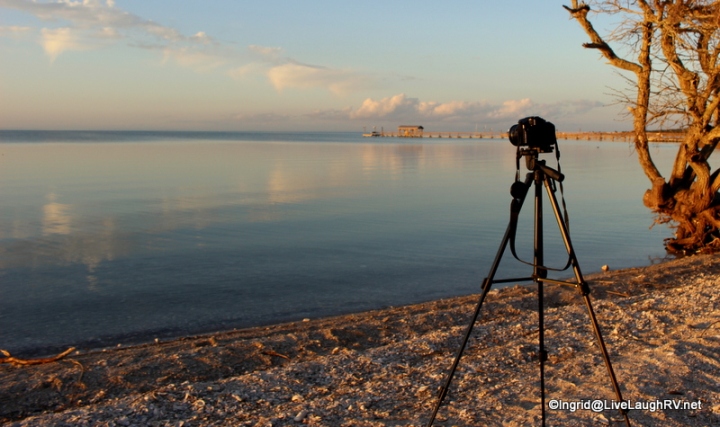
Driving around scoping out great locations in hopes of capturing a unique sunset or sunrise photograph can also be challenging, but is there such a thing as a bad sunrise or sunset? I think not. Some are just 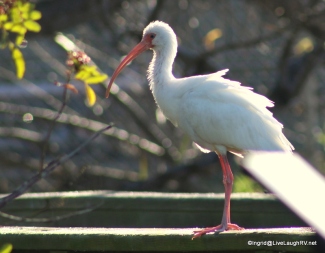 more spectacular than others and I consider myself lucky to be able to capture those truly amazing ones.
more spectacular than others and I consider myself lucky to be able to capture those truly amazing ones.
The other morning, I was dressed and out the door by 6:50 a.m. with my travel mug filled with hot, black coffee and my camera battery full. I had high hopes for a beautiful sunrise and I was going to capture it so I could share it with all of you.
I drove to a couple of my favorite little spots along the coast. I tried some new spots as well. Then I waited, and waited some more. The thick cloud cover wasn’t producing the results I had hoped for.
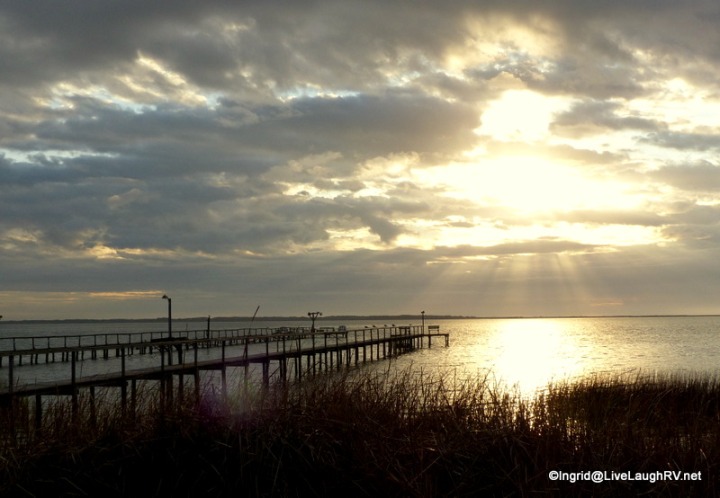
With the photography a bust, it was time for me to run a few errands. First stop was the post office. I arrived at 8:40 a.m. thinking they’d be open by 8:30. Wrong – they didn’t open till 9:00. Ah, what’s a gal to do for twenty minutes with a camera and empty media card sitting in the passenger seat?
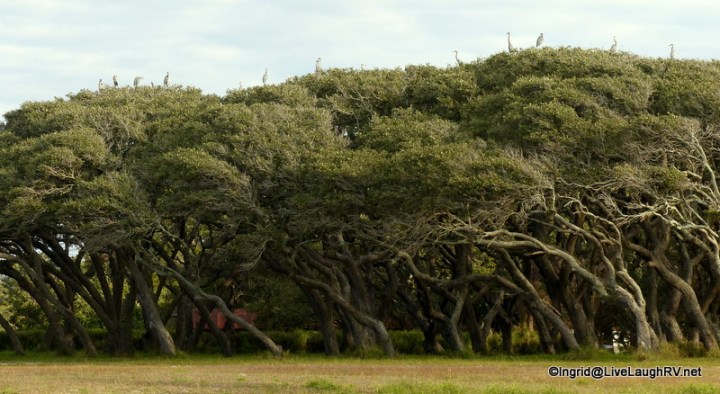
How about a little exploring? What was supposed to be twenty minutes of aimlessly driving around to kill some time, turned into over an hour of discovering one unique sight after another. When I came upon an enchanting grove of wind-swept oak trees topped with dozens upon dozens of Great Blue Herons, I swiftly pulled the truck off the road. Wow! This was so worth the post office not being open.

As I ventured further down the road, a shot of pink caught my eye. I quickly found a place to pull over and park. I donned my favorite camo shirt and green hat and slowly walked through the weeds. Talk about winning a birding trifecta …. boo-yah! I hung around with this diverse group of locals until they wandered out of sight.
It was well past 10:00 a.m. when I finally headed back over to the post office. Talk about an interesting morning. What started out as an unlucky morning with a poor photographic sunrise and the post office being closed, turned into a lucky morning of birding. If I had sat in the post office parking lot waiting for it to open instead of aimlessly exploring, I never would have stumbled upon these wonderful sightings. Was it luck or did I make my own luck? Hmm, when’s that next Power Ball drawing 🙂
“Luck, that’s when preparation and opportunity meet” – Pierre Trudeau
You can read about my trip to the Aransas Wildlife Refuge here and here.
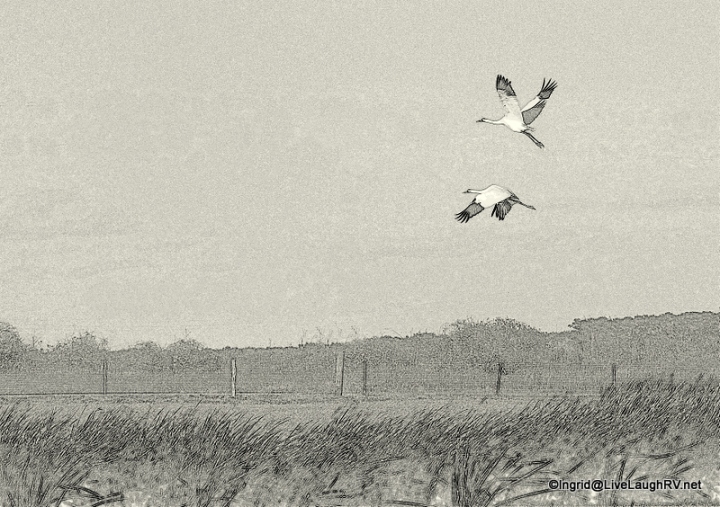
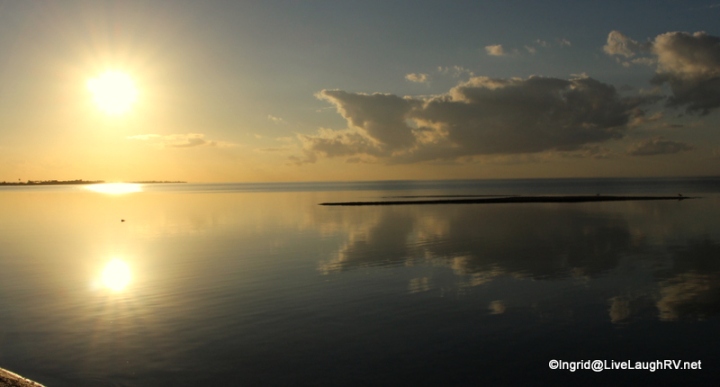
Tony Northrup’s DSLR Book: How to Create Stunning Digital Photography
Russell Outdoors Men’s Explorer Long Sleeve Shirt, Mossy Oak Infinity, XXX-Large




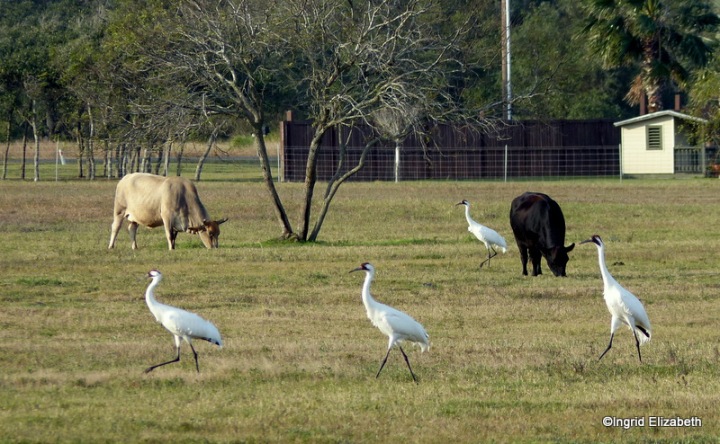
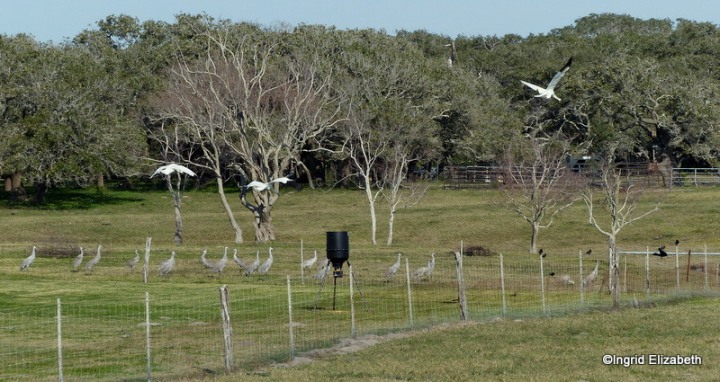



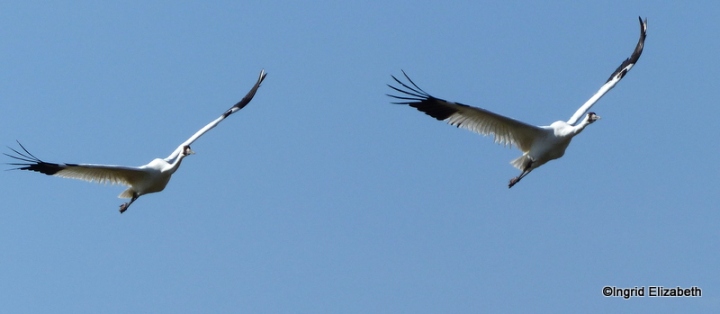

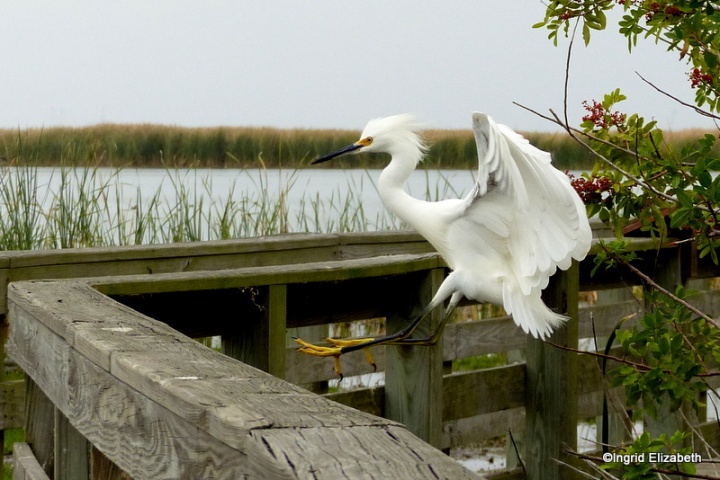


 latest happenings including airport closures and flight cancellations, we agreed we sure don’t miss those years of air travel. The flexibility associated with RV travel has really spoiled us and we can’t imagine traveling any other way. Well, yes we can imagine it, we just don’t ever want to do it again.
latest happenings including airport closures and flight cancellations, we agreed we sure don’t miss those years of air travel. The flexibility associated with RV travel has really spoiled us and we can’t imagine traveling any other way. Well, yes we can imagine it, we just don’t ever want to do it again.




 strictly for hubby to get together with a buddy to engage in sporting activities has since turned into my opportunity to commune with birds. I don’t consider myself a birder, but merely someone who has a passion for cranes …. and maybe spoonbills, egrets and herons, but who’s counting 😉
strictly for hubby to get together with a buddy to engage in sporting activities has since turned into my opportunity to commune with birds. I don’t consider myself a birder, but merely someone who has a passion for cranes …. and maybe spoonbills, egrets and herons, but who’s counting 😉
